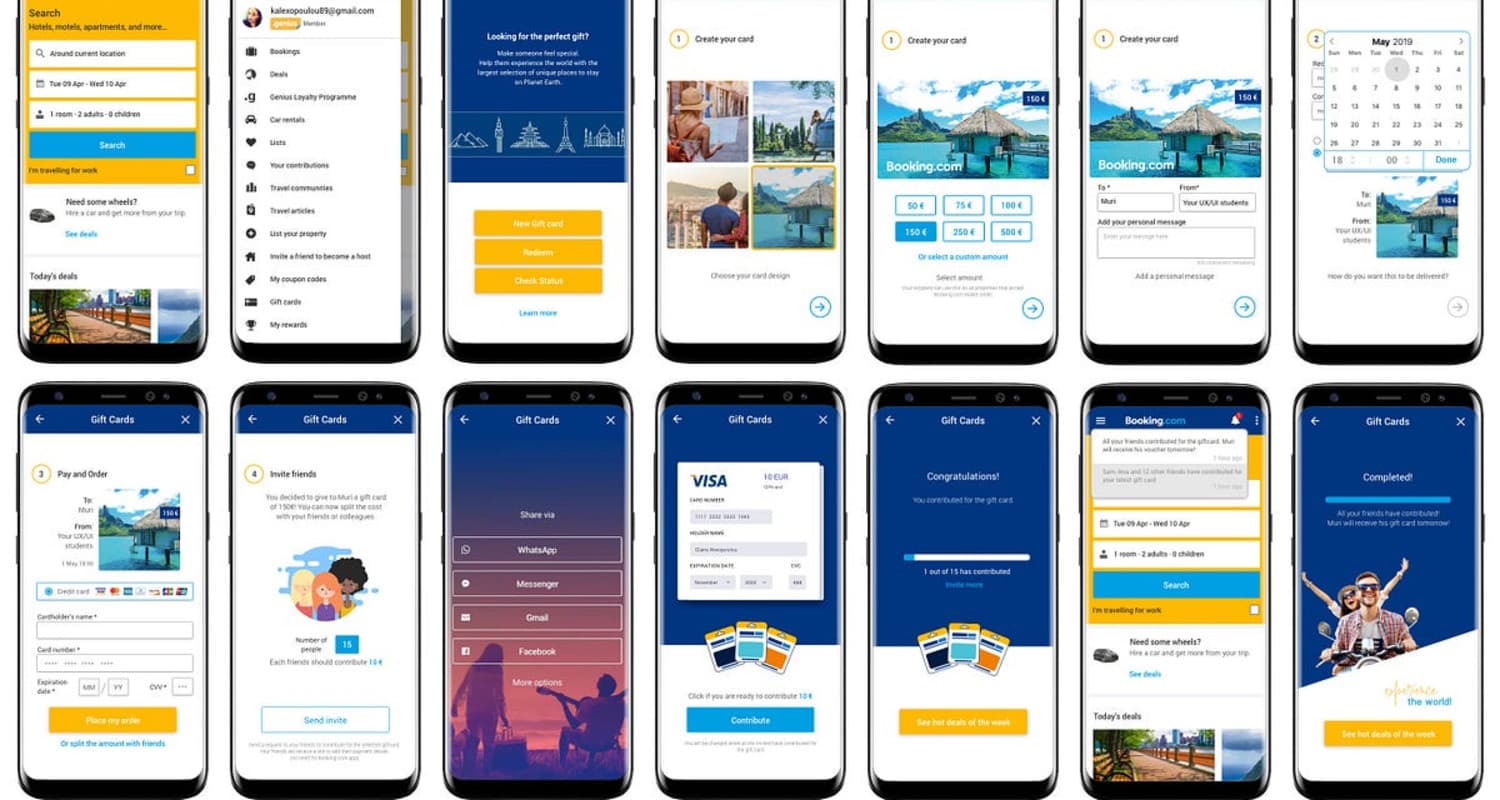Case StudyProduct Team: Defining The Product Strategy - Implementing Design Thinking Strategy at Booking.com
Booking.com, a leading digital travel company, faced a challenge with the lack of a standardized rating system for vacation rentals, unlike the well-established star rating system for hotels. This gap made it difficult for users to assess the quality of vacation rentals, impacting their booking decisions.

The Solution
Booking.com used a design thinking strategy to address this issue. The process involved several key steps to ensure the development of an effective and user-focused quality rating system for vacation rentals.
- Empathizing with Users: The team conducted extensive user research to understand the needs, preferences, and pain points of users regarding vacation rental bookings. This involved surveys, interviews, and analyzing user behavior on the platform.
- Defining the Problem: Based on the insights gathered, the problem was clearly defined: vacation rentals lacked a standardized and reliable quality rating system, which was crucial for user trust and decision-making.
- Ideation Workshops: Ideation sessions with cross-functional teams were organized to brainstorm potential solutions. These sessions encouraged creativity and the exploration of various approaches to develop a quality rating system.
- Prototyping the Solution: The team developed a machine learning-based prototype to rate vacation rentals. This system considered various factors important to guests, such as facilities, size, location, and services.
- User Testing and Iteration: The prototype was tested with real users to gather feedback and identify areas for improvement. Iterative testing and refinement ensured that the rating system met user expectations and needs.
- Validation through A/B Testing: The effectiveness of the new rating system was validated through extensive A/B testing on the platform. This testing measured user engagement, satisfaction, and booking behavior to ensure the system's success.
Outcomes achieved
The implementation of the design thinking strategy at Booking.com led to significant improvements in the quality assessment of vacation rentals, enhancing user experience and trust.
- User-Centric Rating System: The new machine learning-based rating system provided users with a reliable and standardized way to assess the quality of vacation rentals, improving their booking decisions.
- Increased User Engagement: The enhanced rating system led to higher user engagement and satisfaction, as users found it easier to compare and select vacation rentals based on quality.
- Improved Booking Rates: The reliable quality ratings contributed to increased booking rates for vacation rentals, as users felt more confident in their choices.
- Strategic Innovation: The design thinking approach fostered innovation within the team, encouraging continuous improvement and user-focused product development.
- Enhanced Market Position: By addressing a critical user need, Booking.com strengthened its position as a leading digital travel platform, offering a comprehensive and user-friendly experience.
